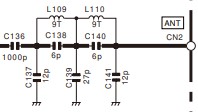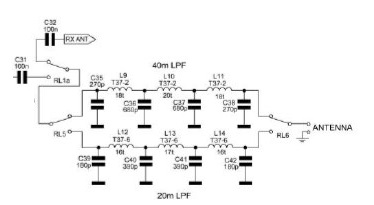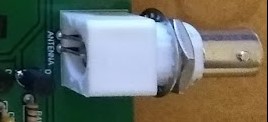I thoroughly enjoyed reading kite-lifted-long-wire-antenna-operation on the reflector which got me thinking more widely about static electricity build up on antennas. I have heard a steady ticking/ clicking on my radio on a couple of occasions, which alarmed me at the time, I made a hasty decent from the summit, and thought no more of it.
We are generally very poor at risk assessment. If we unknowingly put ourselves at great risk a couple of times with no adverse consequences, we tend to assume that the same situation is safe to repeat. No matter how many times you survive walking across a busy road blindfold, it does not make it safe, and should not be recommend to others.
What are the real risks to me and my equipment from static electricity while operating on a summit using portable, wire, antennas for HF and VHF, at a height of less than 10m, and what could/ should I do to minimise risk?
If I am going to ask this question it seems only fair to do some reading first.
A bit of Googling unearthed a fantastic archive film from the US Department of the Interior, The Amazing Power of Static Electricity, it doesn’t answer all of my questions but it is 20 minutes of pure joy to watch.
My personal experience from UK school physics lessons in the 1970’s suggested that it is/ was safe to use a Van de Graaft generator and children holding hands to create large electrostatic sparks. Van de Graaff Electrostatic Machine Safety suggests that there is a ‘Genuine Hazard’ if Van de Graaft generators are used with Leyden jars, capacitors or human chains. From what I have learnt, I think that charging up a person to create a spark restricts the maximum stored energy to a safe level, limited by the capacitance of the human body (up to 400 picofarads). Discharging a stored charge through a person is a completely different situation and should not be assumed to be safe.
Static electricity - Wikipedia is another good read and provides some interesting references.
Wolfson Electrostatics website news has a section towards the bottom of the document ‘Can shocks from static electricity damage your health?’ which states:
The effects of electrical current passing through the human body are covered at length in the International Electro Technical Commission document IEC 479-2:1987. In this document it indicates that a transient or capacitive discharge, as is the case with static electricity, requires energy in excess of 5 Joules (5000mJ) to produce a direct serious risk to health… it is practically impossible to store this level of electrostatic energy on the human body …. Footnote: In some industrial processes, discharges of several Joules due to static electricity can occur under extreme conditions. In such cases the static charge accumulates not on the human body but on highly polarised materials where the effective capacitance is very high. These situations can give rise to extremely energetic discharges resulting in severe physiological effects.
If I assume that my antenna connector/ radio internals provides an air gap of 10mm or less, I think this limits the maximum static voltage in the antenna to 30kv (I can not justify this assumption). A 30m length of 0.5mm radius wire, 3m above a ground plane has a theoretical capacitance of 165 picofarads. If this is representative of my antenna, it can store a maximum of 0.075 Joules of energy which is significantly less that the 5 joules quoted to produce a direct serious risk to health. It may still be sufficient to produce a direct serious risk to my radio though.
Edit: My assumption of a 30kv maximum assumes that the potential is across the contacts of the antenna connector. Without bonding of the antenna or radio the entire antenna could float to a voltage only limited by environmental leakage.
Lightening is a whole different scenario. I suspect that the clicking sound is also warning me of potential lightening and is still a good reason to get off a hill.
Further questions:
- Do people have experience of radios being damaged by static build up?
- Do you use an earth stake (tent peg) connected to the outer of your coax?
- Is it worth connecting a spark gap and bleed resistor across all SOTA antennas?
SOTA is a hobby and I don’t want to kill myself doing it, or mislead others about the risks and safety of operating a SOTA station. I am an amateur asking questions, you need to do your own research and make your own choices.
73 Kevin, MW0KXN



